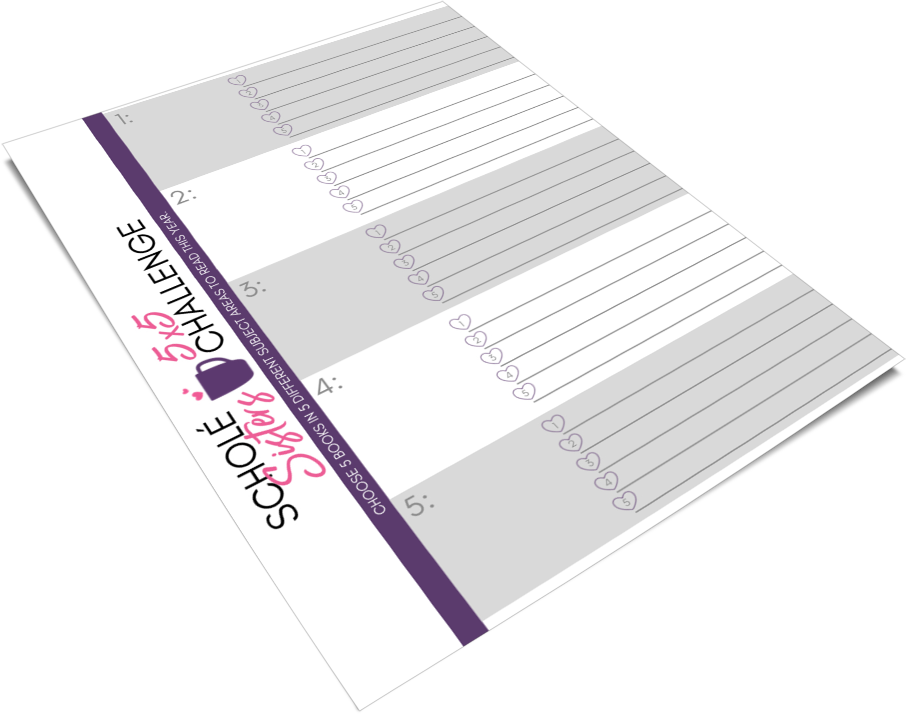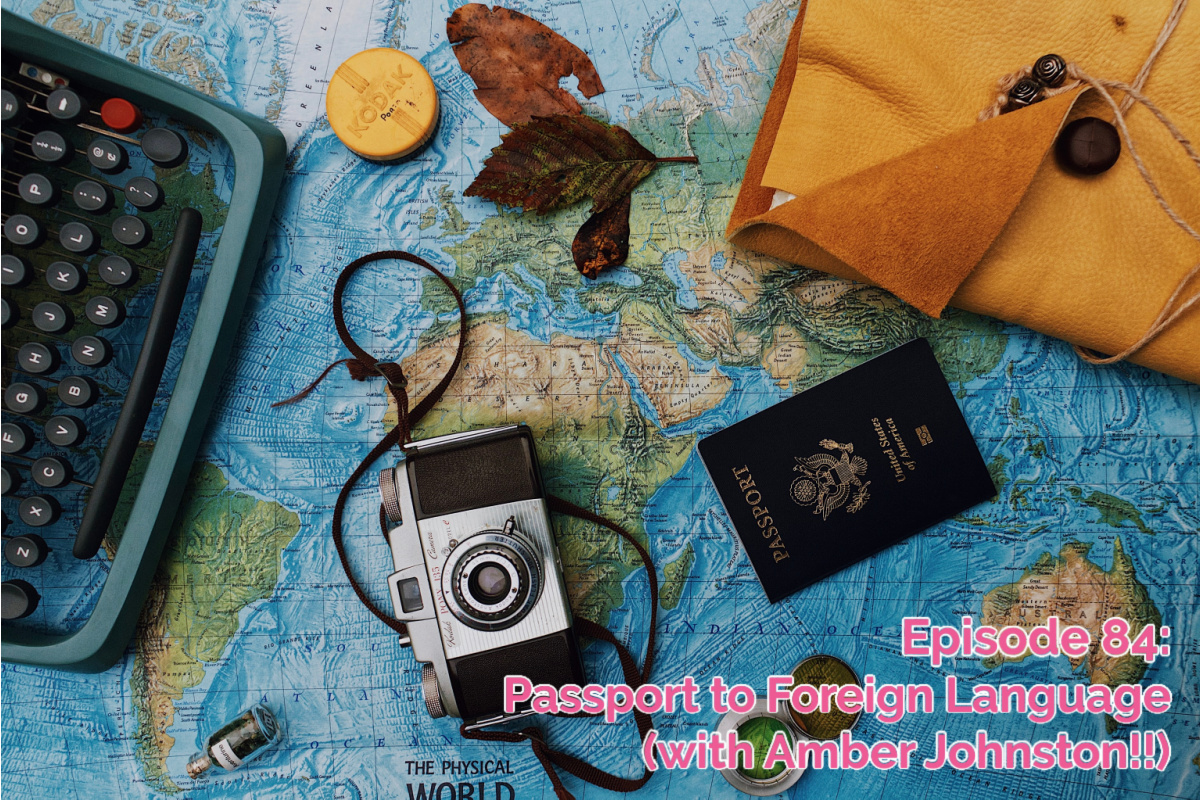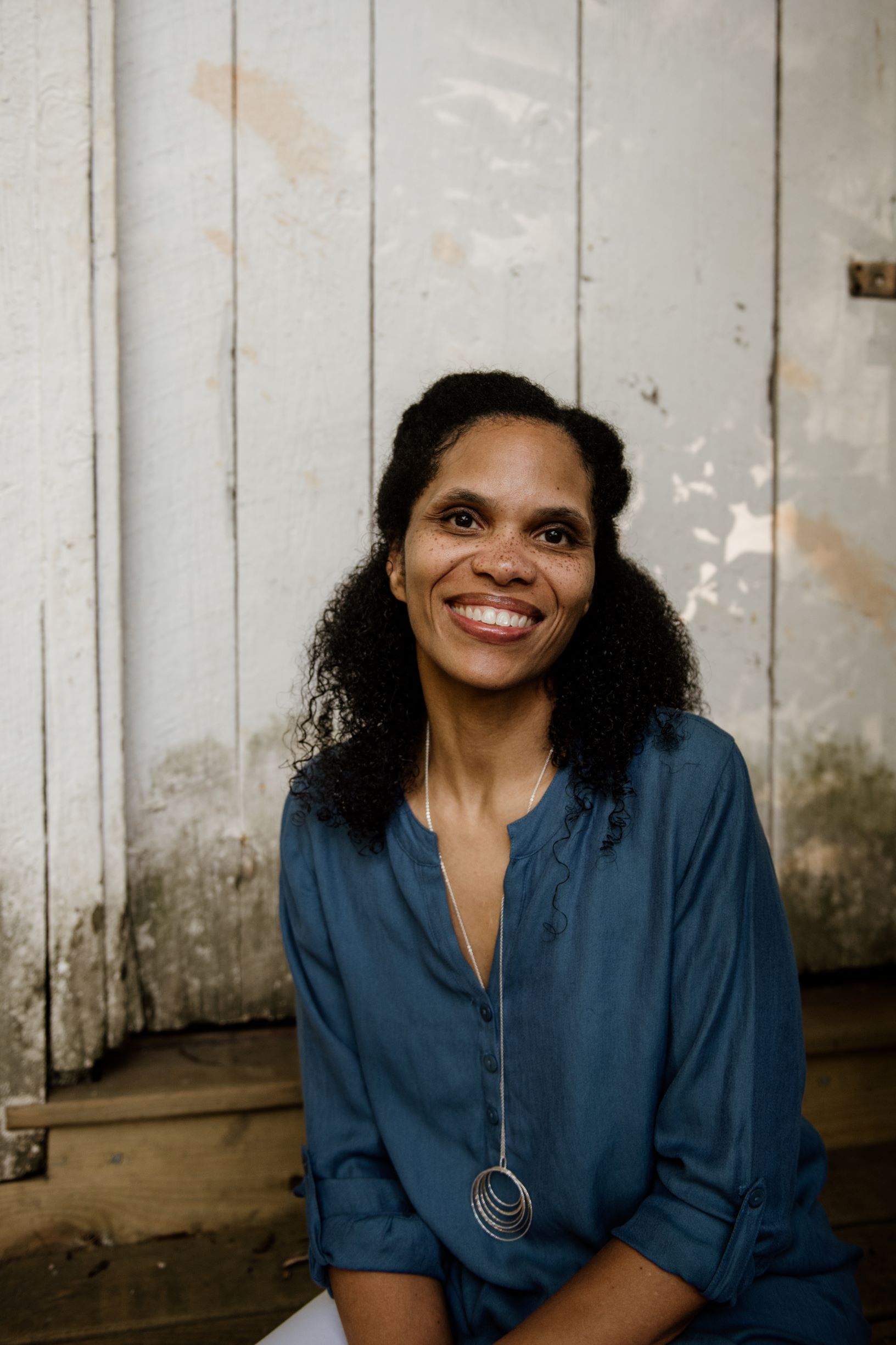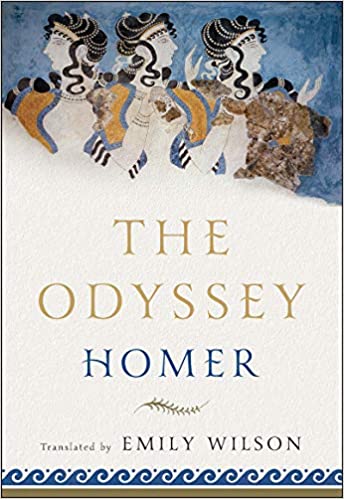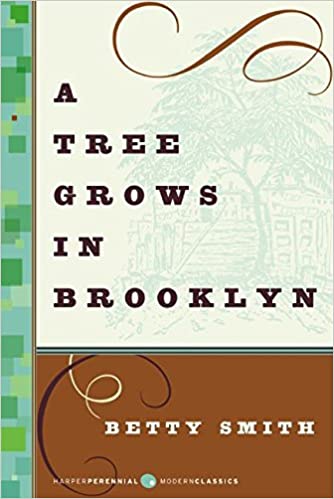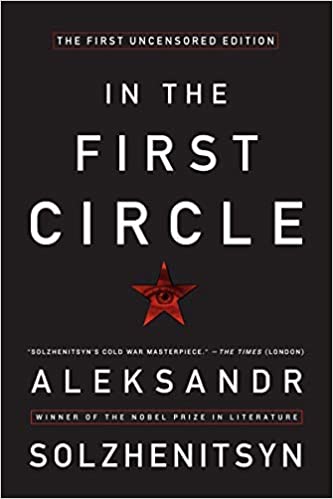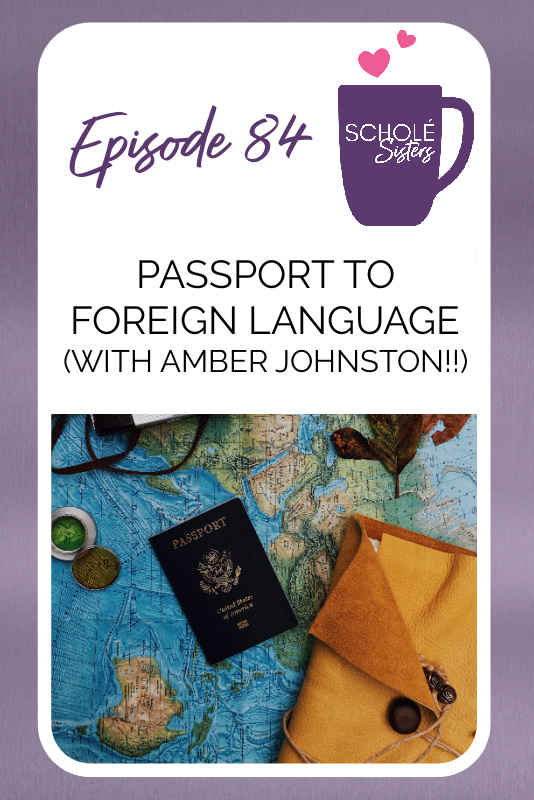SS #84: Passport to Foreign Language
As homeschoolers, we’re pressed for time and often uncertain of our priorities. Teaching a foreign language is daunting and confusing, especially when we don’t speak another language ourselves.
Should becoming bilingual or multilingual be a goal for ourselves and our children? Is learning a foreign language a part of the curriculum we can safely ignore for lack of time, resources, or know-how?
This episode is all about why and how to teach a foreign language. Our special guest, Amber Johnston, will not only tell you HOW to go about foreign language, she will also give you a big WHY.
Let’s face it: foreign language can be intimidating and so we put it off until the kids are older. If we are going to get brave and start ‘em young, we need a really big WHY.
Listen to the podcast:
TUNE IN:
Apple Podcasts | Spotify | Stitcher
We should learn modern languages with our children
Today’s Guest: Amber Johnston
Amber Johnston lives in Georgia nestled among pine trees, hammocks, and ziplines with her husband and their four children. Her happy place is the back porch on a rainy day, preferably with a giant mug of hot tea and a good book.
When they have the chance, her family enjoys extended worldschooling trips to immerse themselves in other cultures. Amber blogs about adding mirrors and windows to a traditional Charlotte Mason education at HeritageMom.com and on Instagram as @heritagemomblog.
Today’s episode was inspired by several of her articles:
You can also find other interviews with Amber featured here on her site.
Today’s Hosts and Source
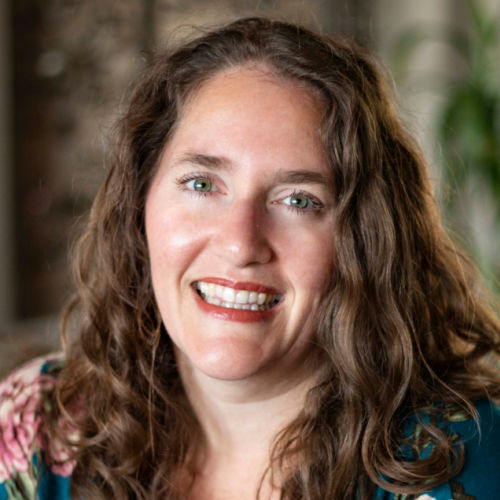
Brandy Vencel
homeschools her 3 children still at home while her oldest who loves Latin and Greek is studying at New College Franklin. Unless California-Girl & Spanglish count, Brandy is not multilingual.
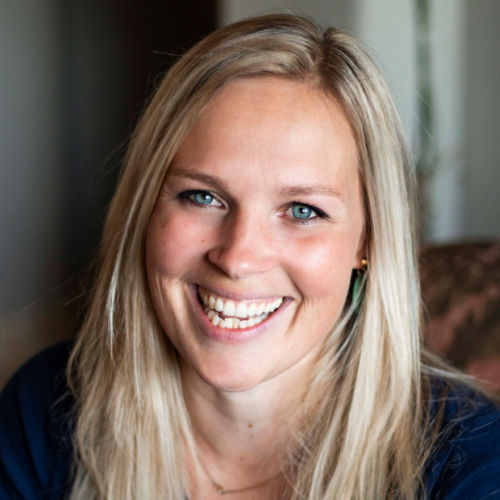
Abby Wahl
homeschools her 5 kids, several of which have dyslexia. Although she speaks Brazilian Portuguese after a year of immersion studying abroad at age 16, she is currently learning Spanish with her children.
Scholé Every Day: What We’re Reading
The Odyssey, Homer, translated by Emily Wilson
Abby is listening to the audio version read by Claire Danes and finding that she’s extending her walks just to listen to the story expressed in a compelling cadence. Abby has been noticing the use of colors and she
The article Brandy mentioned by Emily Wilson about her translation and how it compares to others can be found here: “The First Woman to Translate the ‘Odyssey’ Into English”
A Tree Grows in Brooklyn, Betty Smith
Amber had a nostalgic Americana kick after being stuck out of the country due to pandemic travel restrictions. Even though it’s an easier read, the themes and messages are deep and even a little Charlotte-Masony.
In the First Circle, Aleksandr Solzhenitsyn
Brandy has not actually begun this book yet, because she is making herself finish a few books before delving into this 700+ page autobiographical novel of life in a Soviet Russia gulag. Cheery.
Why add a modern foreign language to our homeschool?
Learning another language is not about the academic boost it gives us and our children. The principle at work is the principle of universal brotherhood, of hospitality, of kindness.
Amber quoted Charlotte Mason, whose words she took seriously:
Take, for example, the question of what we should teach children. Is there one subject that should take priority over other subjects? Yes, one group of subjects has an imperative moral claim on us. The nation is obligated to have relationships of brotherly kindness with other nations.
Charlotte Mason, Volume 2, Parents and Children, pg 7
Since the family unit is an integral part of the nation, it’s the duty of every family to have brotherly dealings and conversations with the families of other nations when the occasion arises. Therefore, learning the languages of neighboring nations is more than a way to gain knowledge and culture. It’s an obligation of moral duty that helps realize the goal of universal brotherhood. For that reason, every family should try to cultivate two languages besides its own from the time the children are tiny.
After reading this section, Amber felt it was not her right to choose not to raise her children as multilingual. Instead, it became her duty and obligation to give them this gift.
Learning a language is about connecting our kids with the bigger world and other humans. It is making them good and loving neighbors.
How do we teach something we don’t know?
A non-fluent mom teaching her kids to speak a new language is daunting and overwhelming. The uncertainty and hugeness of the task makes most of us give up before trying – or at least procrastinate.
But Amber, after being inspired by Charlotte Mason’s words, determined to at least go down trying. Her example is inspiring and motivating. She can testify that even halting steps and imperfect attempts still plant important seeds that yield a beautiful harvest.
We have agency and we have responsibility. Learning a new language is something we all can do; it’s just we don’t want to put in the time and effort it requires.
The best and most effective change we can make is to change our attitude, to want to learn a language, to be fully motivated and attracted to the goal.
Learning another language is not just about the learner.
As mothers, our efforts affect not only our own children but many more down the line. The whole self our children are able to take into the world will impact many more lives than just their own.
It’s not just about the way our children will walk through the world or what they will be able to do, but it also has to do with the recipient with whom they are able to converse.
Amber Johnston, episode 84: Passport to Foreign Language
Originally, mankind did have one language. Speaking many languages is a part of humanity’s punishment for pride and idolatry, and so learning to speak another language and remove that barrier is a step toward removing divisions and barriers. Pentecost is a dramatic picture of the unity and commonality we experience when we hear someone speak in our own language.
Every family has an opportunity to extend this connection in their own particular sphere.
How do you pick which language to learn?
When choosing a modern foreign language to study, there are three important considerations: your own background and knowledge, what languages are spoken in your town, and the neighboring countries.
Charlotte Mason chose French for her students to study, but instead of jumping to the conclusion that we ought to do the same, let’s look at her principle for choosing it. We want to be able to speak to and connect with fellow human beings we are likely to come in contact with because they are our neighbors.
Because our goal is courtesy, we want to choose a language we can and will actually use with people face-to-face in our communities or in our travels.
Do you have a family or community connection that can help you learn a language? Don’t pass up the opportunity, if you have it, of native speaker help.
Learning one foreign language makes learning another easier.
Abby was a foreign exchange student for a year in Brazil. She took the SAT as a sophomore before she left and then again as a senior, and even though she’d hardly spoken English for a whole year, her verbal score dramatically improved.
You don’t really know your first language until you learn another.
Abby was a foreign exchange student for a year in Brazil. She took the SAT as a sophomore before she left and then again as a senior, and even though she’d hardly spoken English for a whole year, her verbal score dramatically improved.
For your own language you don’t need to learn the mechanics, the whys, and the hows, and the grammar in order to speak and understand. When you’re approaching a new language, you’re learning the framework of how languages work as well.
Native speakers are not always the most helpful when learning the mechanics and grammar of a language, because they’ve learned intuitively and also because casual family speaking is not always grammatically correct.
When should you start teaching a modern foreign language to your kids?
As soon as possible. Amber learned 10 basic, everyday phrases in their chosen foreign language, Spanish, and used them throughout the day. Rather than making it a subject studied for a few minutes, incorporate it into your everyday interactions for more traction.
Little things like talking about colors in another language is a simple and easy way. Young children really do pick up languages through immersion incredibly quickly.
Learning language via immersion via travel
Amber went all in for the goal of language learning: they went as a family to Bolivia, a country where there is not any accommodation for English speakers.
The ultimate goal is to communicate. Even before we can communicate beautifully, we can at least get our meaning across – which is the whole point.
How to add language learning at home
An in-person tutor or even onling tutoring options are preferable not to learn the language, but primarily to hear the language being spoken by a native speaker. The curriculums and methods such tutors use are not in line with her methodology, so she uses them only to get their ears accustomed to hearing the language.
She also buys Spanish versions of children’s books her kids are already familiar with so they can follow along, but hear the vocabulary-building narratives – one picture book per 12 week term. Then they incorporate those words into their conversation during the day.
Whole curriculums are hard to actually stick with, but using a book approach that works with the short lesson and language-rich methods framework is adequate. Adding some simple poems and funny songs to Morning Time are also helpful strategies.
Listen to related episodes:
SS#167: The Causes of Christmas
SS #150: ‘Tis the Season of Joyful Sacrifice
SS #133 – Mom Is the Magic of Christmas
SS #116 – Feasting in a time of fasting

Want to talk about the ideas presented here? The conversation is happening inside Sistership.
